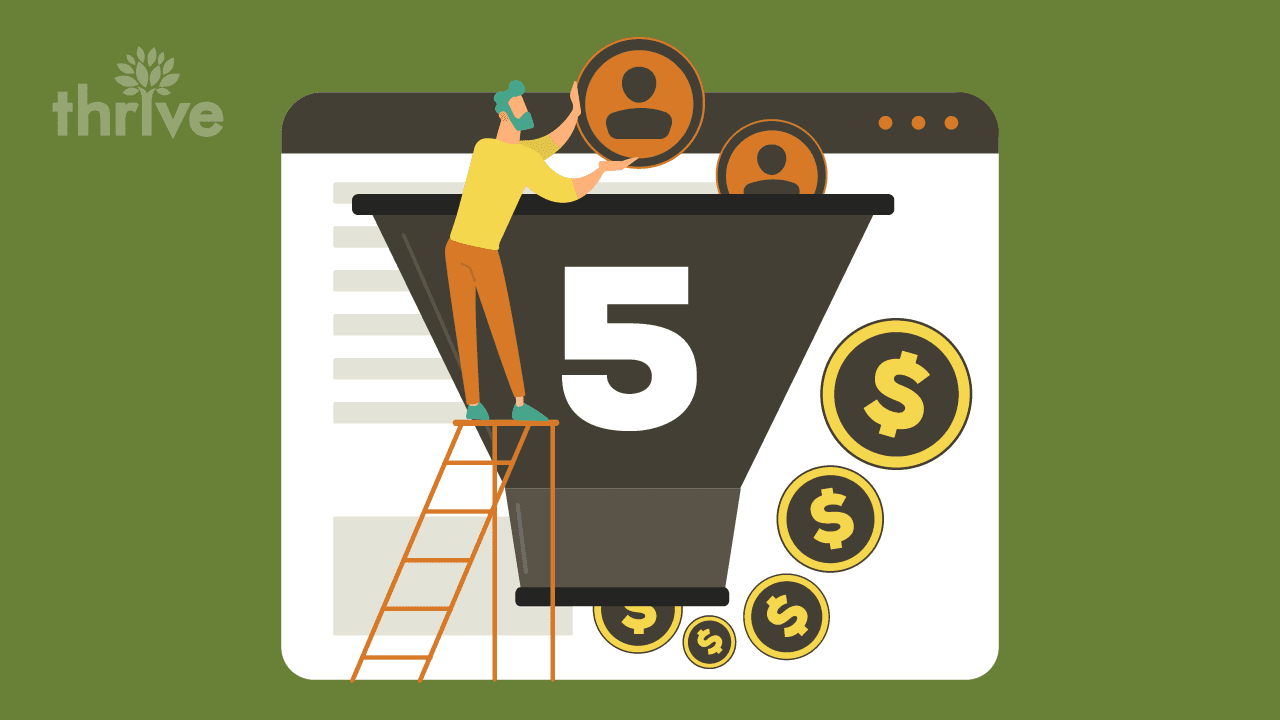
Building a high conversion web design is essential for turning website visitors into customers. A conversion is anything a customer does on your website that furthers your business’s objectives. It might be a sale, a phone call placed to your business, registration for your mailing list, or signing up for an account. A close look at what makes a high conversion web design is studying the art and science of turning a website visitor into a customer.
Let’s take a look at five key ways that you and your marketing company can tap into the power of high-conversion web design.
Communicate Your Business Objectives To Your Internet Website Designers
When optimizing your website, your web designers needs to take the time to understand your business’s objectives. Providing them with your website analytics data is a great start, but it isn’t the whole picture. A full understanding of your business will include strengths/weaknesses, customer demographics, priorities, and current marketing activities. When your marketing company understands your business, they can put your analytics data to work efficiently and quickly. Even better, they won’t waste time trying to find answers in the data that could be better found by communicating with you.
Get Customer Feedback — Early And Often
The best way to understand your customers’ needs is simply to ask them— yet it’s surprising how many companies neglect this step!
Customer feedback allows you and your web designer to work on the most critical problems that your customers encounter on your site. Customer feedback mechanisms allow you to identify how issues hurt sales and corrects them quickly. Social media, review websites, on-site and email surveys, “A/B” tests, analytics flow data, and feedback from customer support staff all provide critically important data on the customer’s experience.
Make Sure Your Website Reflects Your Priorities
To optimize your website for high conversions, ensure that your current website reflects your business’s priorities. The right web designer will work with you to put together a list of current business needs and campaigns while shaping your website. Because priorities often shift, it’s important to make this process of evaluation ongoing.
Determine What Your Target Market Is Prioritizing
Back-alley streets might be full of potholes, but a city with good transportation infrastructure is still a thriving metropolis. Like a well-managed city, you must concentrate on your major profit avenues so you can neglect or replace underperforming products. This prioritizing gives a lower acquisition cost and a more streamlined business. Understanding your target market’s needs is essential. When you know what they want, give it to them. If you don’t know then it is survey, market research, and analytics flow data time.
Do GAP Analysis
GAP analysis saves time by identifying the problems that matter most. Instead of trying to improve your website randomly, GAP analysis brings together the information you have gathered about your website, your priorities, and your customers’ priorities. The “gaps” are where these sets of priorities don’t align, creating lost revenue and lost conversions. For example, perhaps you want to increase mailing list sign-ups, but the mailing list call-to-action is located at the bottom of a landing page. There’s clear a gap in the alignment of priorities and design that causes these bloopers. GAP analysis can identify and fix these issues and produce measurable, exciting results for your company.
A lot of fine-tuning goes into making a high conversion web design. But designing a conversion generating website can bring some huge pay offs to a business’ bottom line.
Reach out to us at 817-642-9686 or click here to find out how we do high conversion web design!
